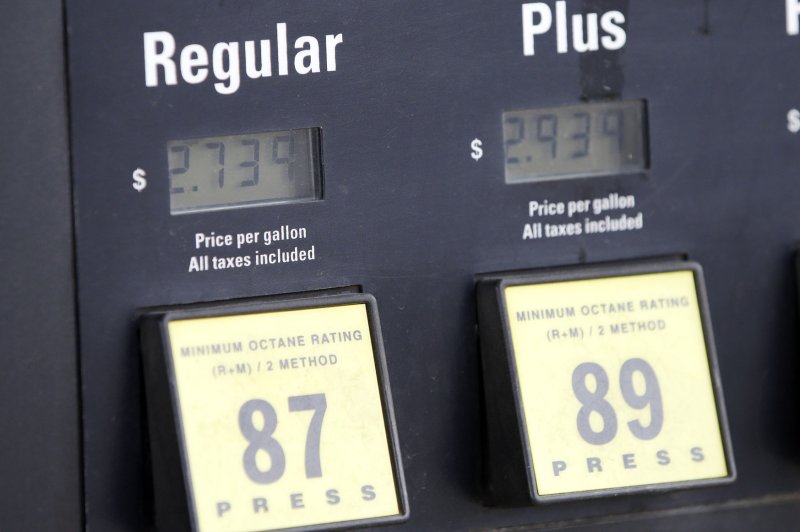EPA upsets farmers, renewable fuel backers with lower quotas for ethanol-gas blends
May 30, 2015
The EPA on Friday proposed reducing the ethanol requirement to
be blended with gasoline in 2015 and 2016, upsetting farmers who supply
corn to the ethanol market and renewable fuel advocates. The agency said
certain market conditions made more aggressive levels unrealistic.
Photo: UPI / John Angelillo
The EPA proposal calls for lower ethanol levels to be mixed with gasoline through 2015 and 2016. The levels will still rise by billions of gallons, but they won't meet the quotas asked for by Congress in 2007.
The new numbers angered many American farmers who supply corn for ethanol production, as well as environmentalists and advocates of renewable fuels -- some of whom view the reduction as a move to appease the oil lobby by keeping gas prices high and stifling the alternative fuels market.
The EPA, however, said President Barack Obama remains committed to advancing the use of biofuels -- but noted that its proposed reduction is simply more in-line with realistic goals. The agency called its plan "ambitious, but responsible."
The agency said Congress's 2007 quotas are not compatible with current market conditions, given production and consumption changes that have occurred since they were put in place, USA Today reported.
The EPA noted that 2016 will see 1.5 billion more gallons of ethanol in gasoline than 2014 saw.
Officials said motorists who use ethanol-gasoline mixtures in their vehicles probably won't notice much change with the coming levels. However, Midwest farmers and ethanol-makers -- whose livelihood is tied to the 2007 Standard -- might.
"Today's announcement represents a step backward for the RFS," Bob Dinneen, president of the Renewable Fuels Association, said. "The frustrating fact is the [EPA] continues to misunderstand the clear intent of the statute -- to drive innovation in both ethanol production and ethanol marketing."
But the EPA believes it would be irresponsible to impose Congress's original quotas because non-corn-based ethanol production has been slower than anticipated, gas consumption has not kept up with forecasts, and higher ethanol mixtures like E15 and E85 have not yet been widely accepted. Most current gas blends are made with 10 percent ethanol (E10), USA Today's report said.
Friday's proposal to decrease ethanol blends in gas might also have another substantial impact -- in voting booths 17 months from now, when key Midwest voters help elect the next president.
Some analysts say those put off by the EPA's move could blame President Obama, and they subsequently may refuse to vote for another Democrat to succeed him in January 2017.
The EPA is expected to finalize the new standards by Nov. 30.
